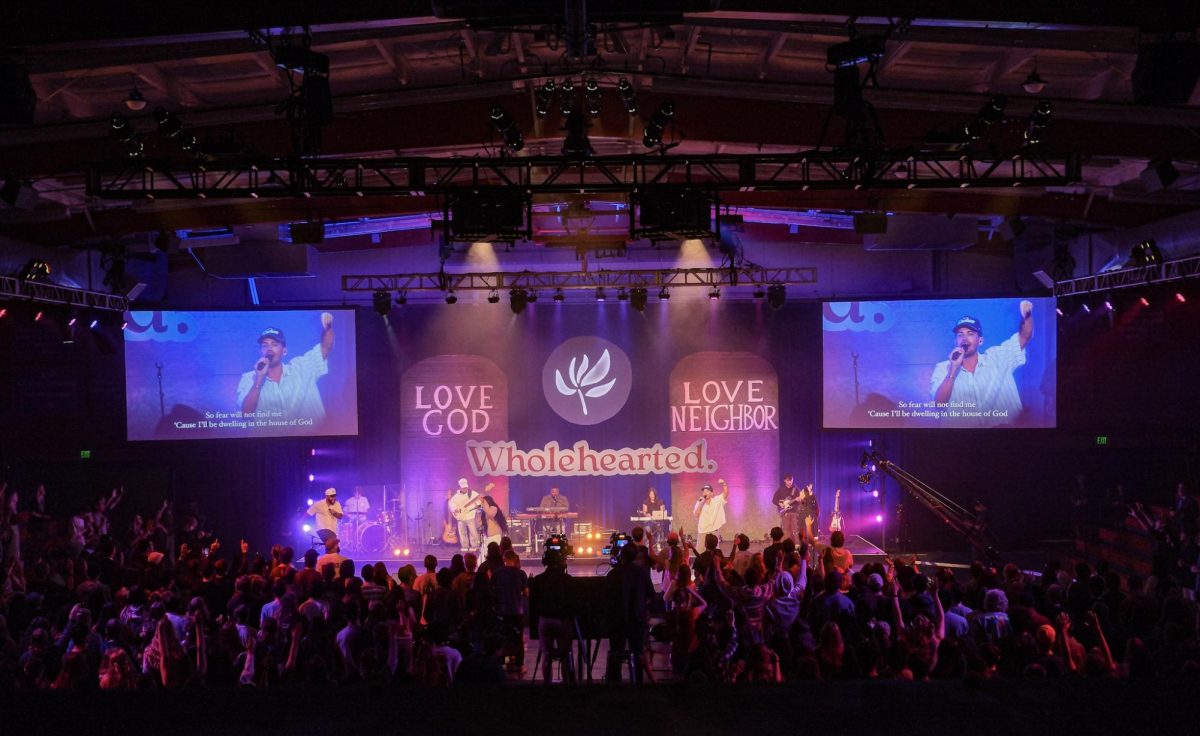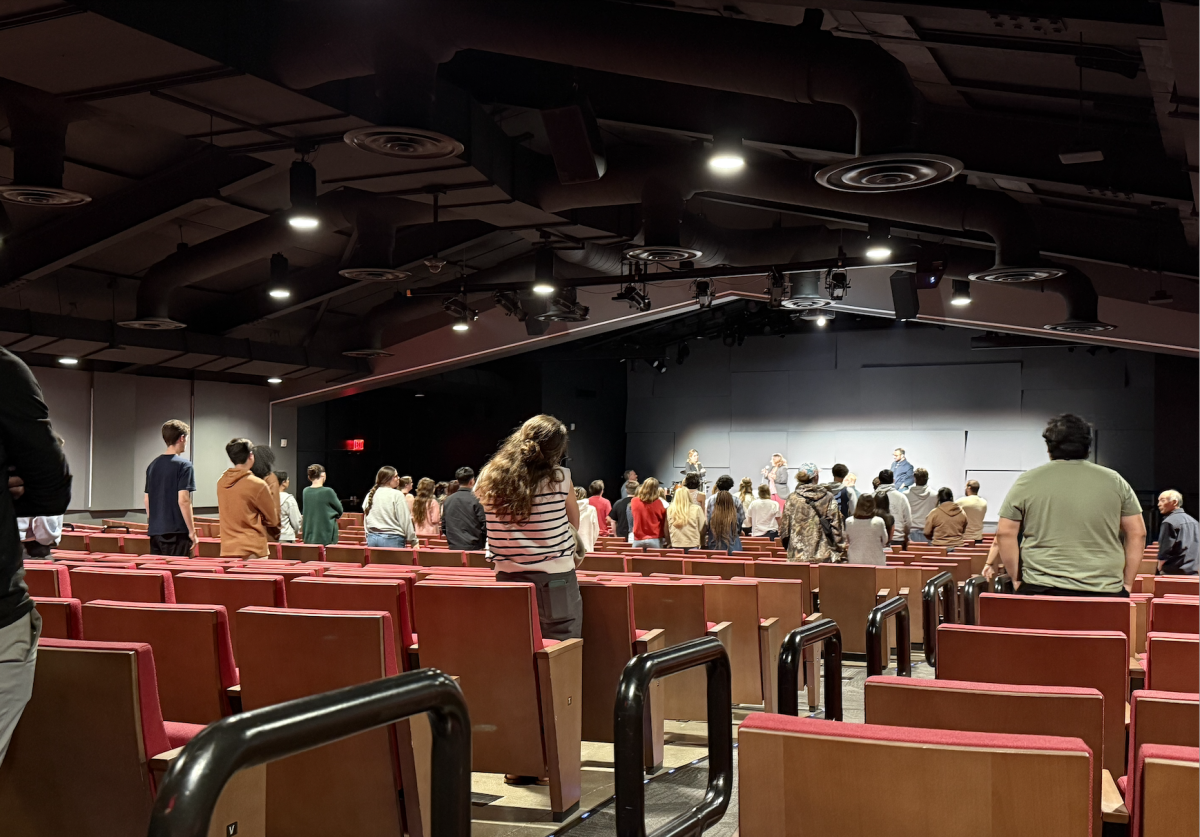As I write this, Super Tuesday is slowly being swept behind us. News agencies from around the world are scrambling to report on the results so that they can provide you with the answer to the question that everyone in America is asking: “What the heck just happened?”
While CNN and the like are telling you who won and how many delegates they received, we here at The Chimes are going to dig a little deeper and uncover the writhing steaming bowels of the American primary system.
First of all, let me preface this by saying that in order to read this article to completion you will have to suspend all disbelief, as well as your faculty, for reason. America is the home of the Statue of Liberty (made in France) as well as Chrysler (headquartered in Germany and constructed in Mexico).
Often times we are criticized by other smaller and lesser-known nations for our two party, Electoral College system. Well, to those nations I say, “My president can beat up yours.” I feel that we can honestly justify a two-candidate system by opening up and giving the world a glimpse of our primary system. This is a system so complex that it has been only ever been cracked by Karl Rove, and he’s not telling.
The basic gist of the American primary system is that it is a series of elections put on by each political party in order to determine which of its 30-50 candidates to nominate. This is a process ruled by guidelines that are strict enough to allow just about anyone to run for president, regardless of how much money they have, but with enough loopholes to allow wealthier candidates to pour buckets of money into it and utterly crush the poorer hopefuls.
The purpose of the primaries is to elect delegates to vote for a particular candidate at their respective parties conventions during the summer. Each party has a set number of delegates per state that are “bound” to vote for a specific candidate (depending on the results of the primary). Each state has a different number of delegates. Political parties at the state level decide the rules governing the primary elections — this is where things start to get really crazy.
Some states will elect a certain number of delegates per percentage of votes received. So for instance, if candidate A gets 75 percent of the votes and candidate B gets 25 percent, then they will also get that percentage of their state’s delegates. However, some states have a “winner-take-all” system in which if candidate A gets 51 percent of the votes and candidate B gets 49 percent, then candidate A will get all of the delegates for that state.
What is even crazier is the fact that since each party determines their own rules for a given state, Republicans in one state might split up the delegates and in the very same state Democrats may use the “winner-take-all” approach. Not only that, but the Republican and Democrat primaries might not even be on the same day!
And I’m just getting warmed up. Since the rules are so complex, it is possible for a state to get penalized for breaking the party’s guidelines. For instance, Florida was penalized by the Democrat party so that even though primaries were held for both parties, only the Republican’s counted. Democrats could vote for whoever they wanted, but they couldn’t send a single delegate.
Some primaries are closed, some are open, and others are semi-open. While it may sound like a weather report (today’s forecast: semi-open with a chance of Republican), it means a lot to how the candidates campaign. A closed system (California’s) means that you have to be registered to one party or the other to vote, and you can only vote for that party’s candidates. This is the parties’ way of sticking it to the independents. An open system means that you can vote for whomever you want. A semi-open (my home state of Ohio) means that you don’t technically have to be registered to a specific party; you just have to publically declare at the poll, similar to declaring a thumb war while thumb wrestling.
And don’t even get me started on caucuses. Some states don’t have primaries; they have caucuses. Caucuses are so complex that both the definition and the origin of the word are debated. Lewis Carroll made fun of them in “Alice in Wonderland,” a book known for being weird and confusing in and of itself.
The primary process occurs over the course of several months, with each state determining its own particular date. However, Super Tuesday is the first Tuesday in February in which 24 states all hold their primaries/caucuses. This day is actually celebrated around Canada and England as Shrove Tuesday or “Pancake Day.” I propose that we just choose our candidates by having a pancake eating contest.
With all this confusion in just how to vote, it’s easy to have the decision of who to vote for put aside. That is why God gave us the Internet. When discussing the election with coworkers, I found that some of them had taken a quiz online to determine which candidate’s views were most in line with their own. So I took this quiz myself. Unfortunately, the Web site wouldn’t give me the results until I agreed to an offer from a credit card and an associate’s degree from an online university. God bless America.






